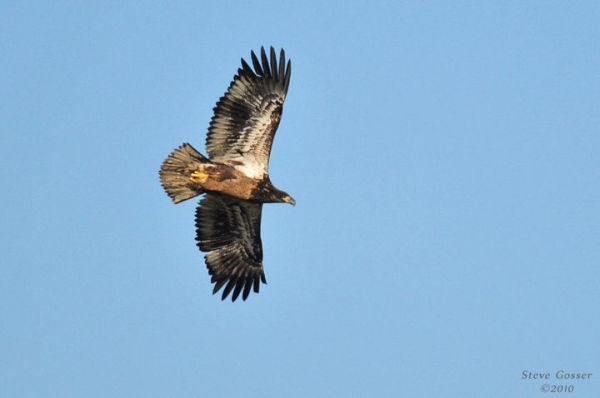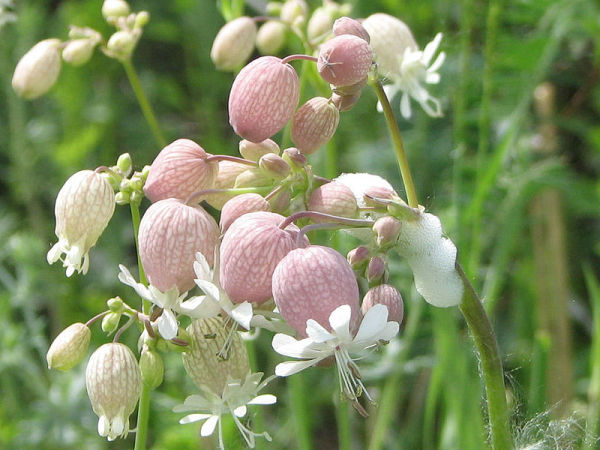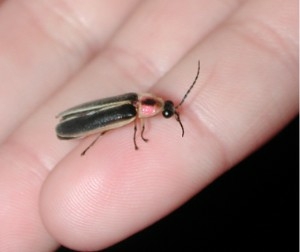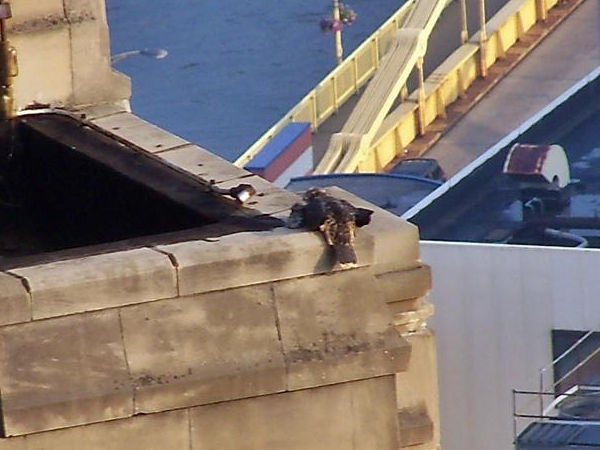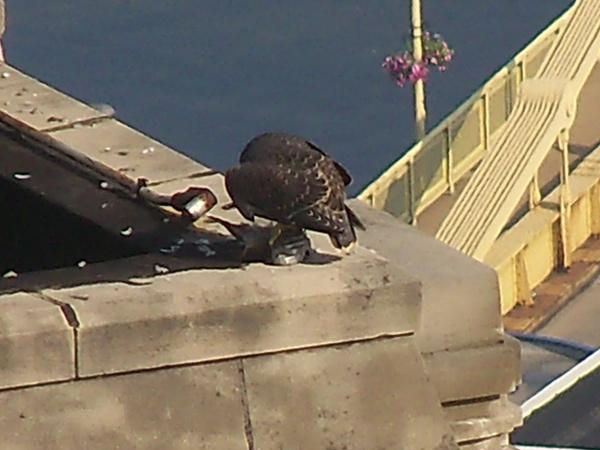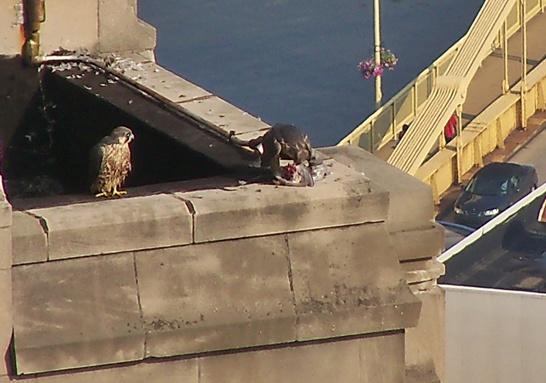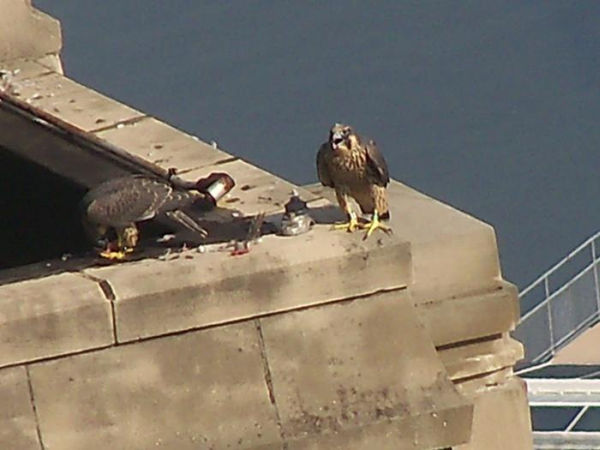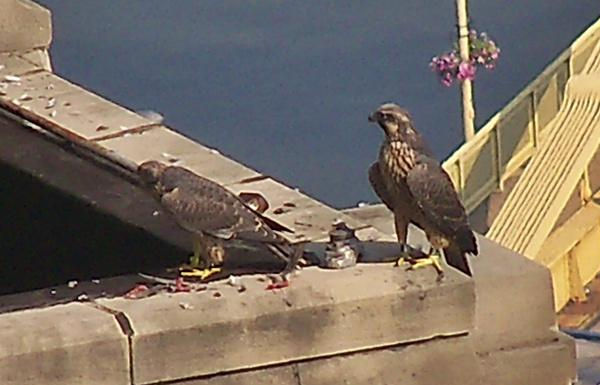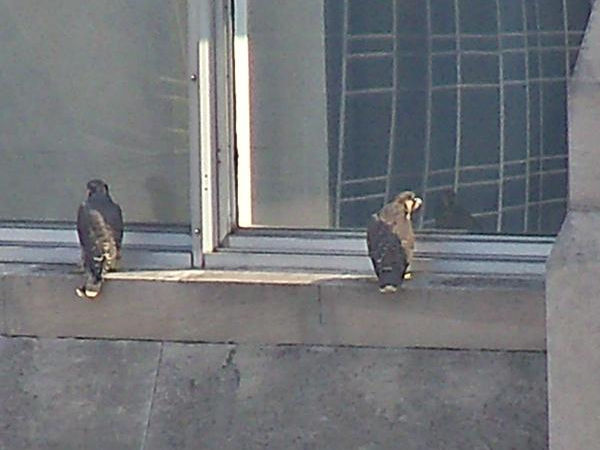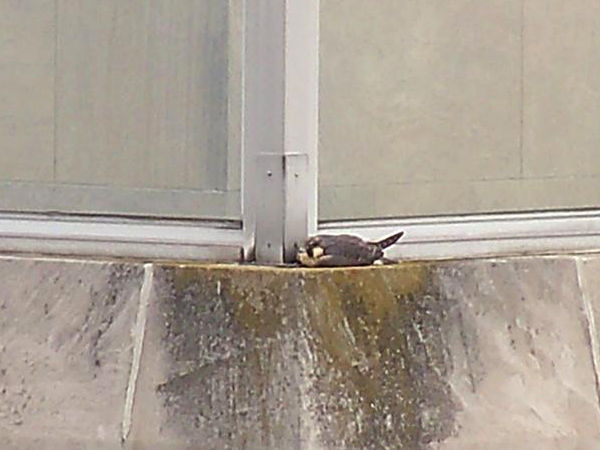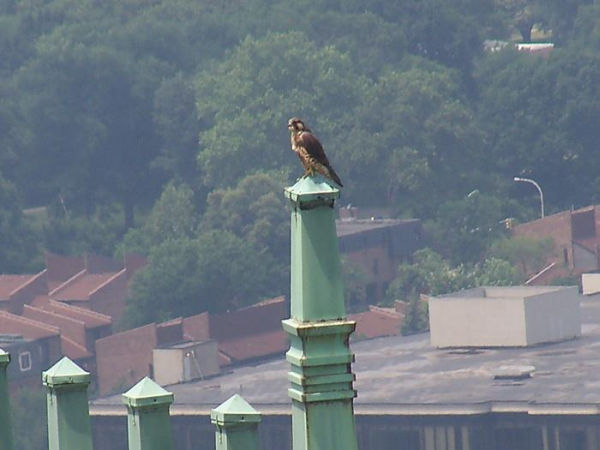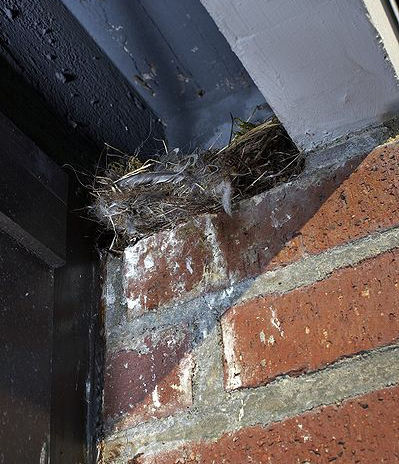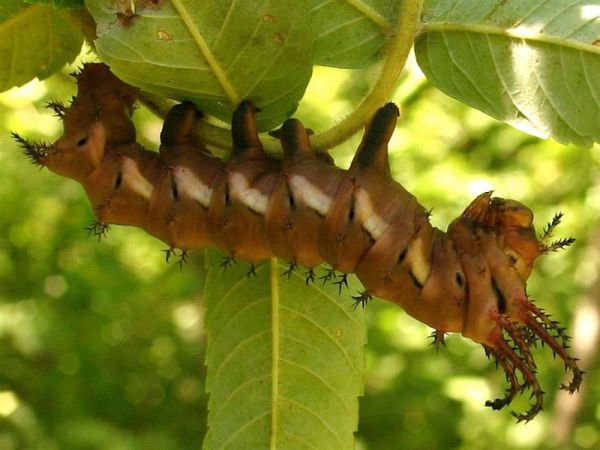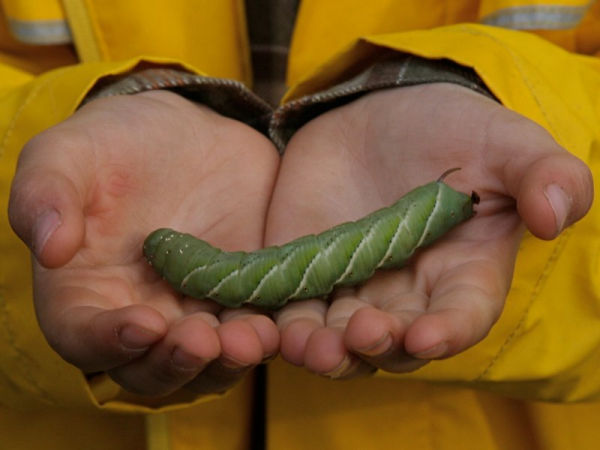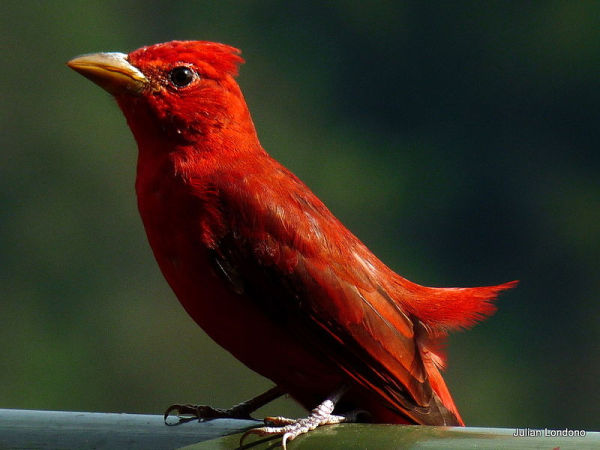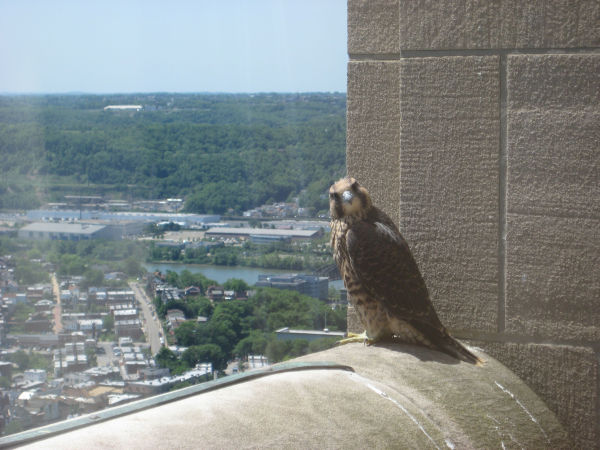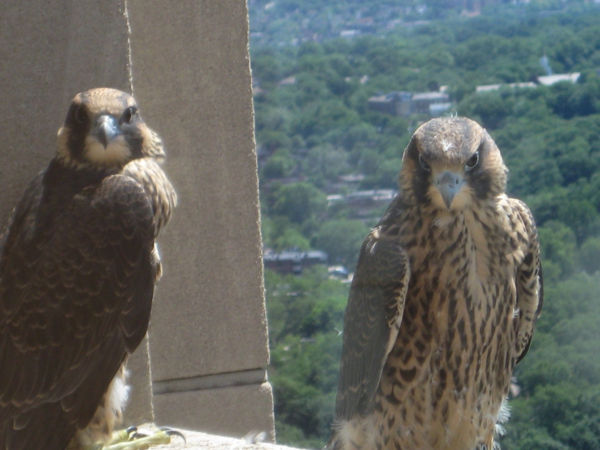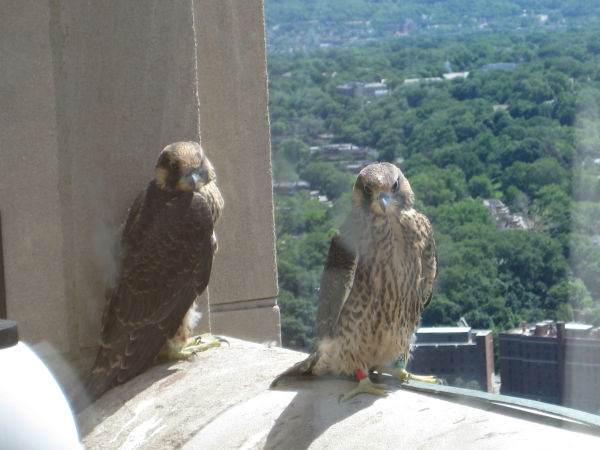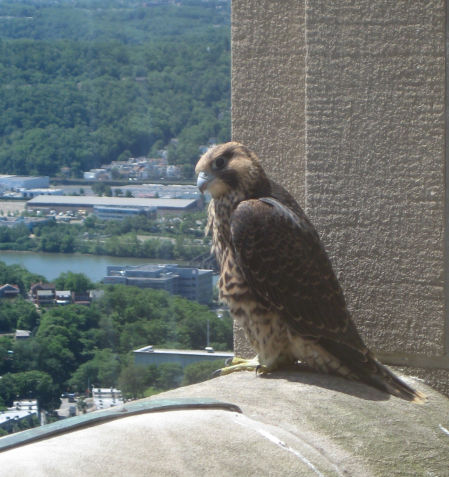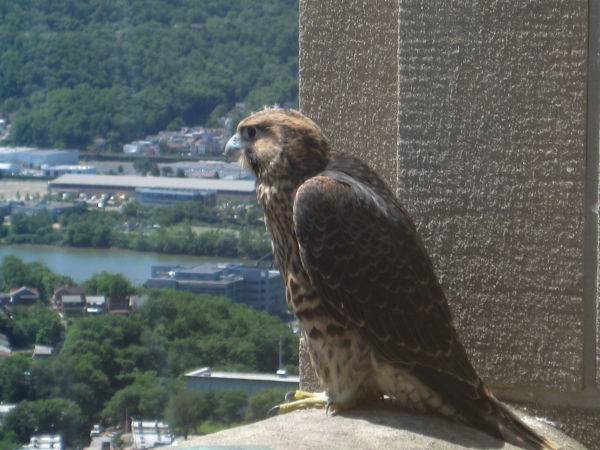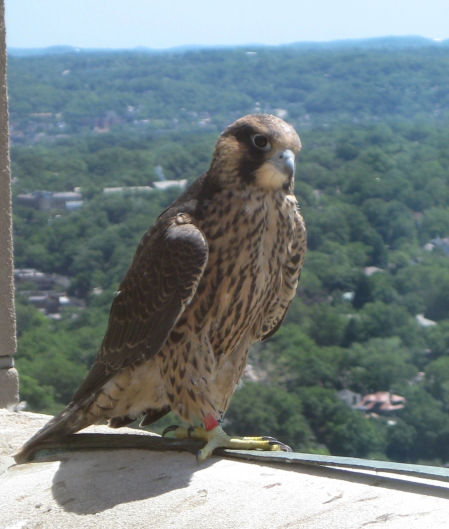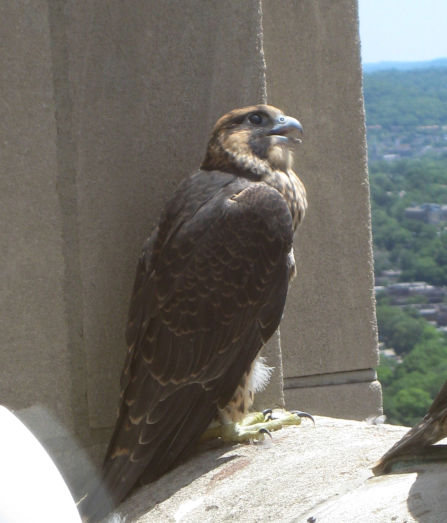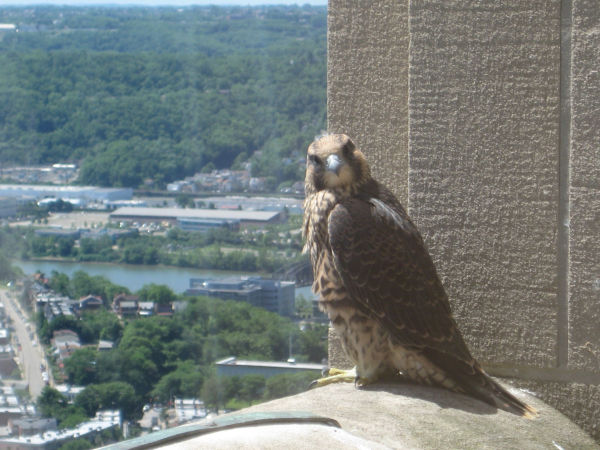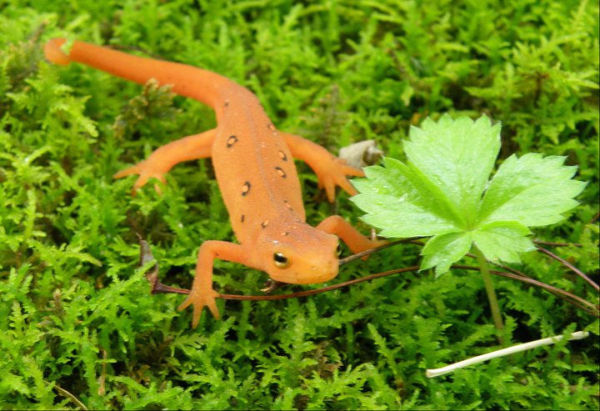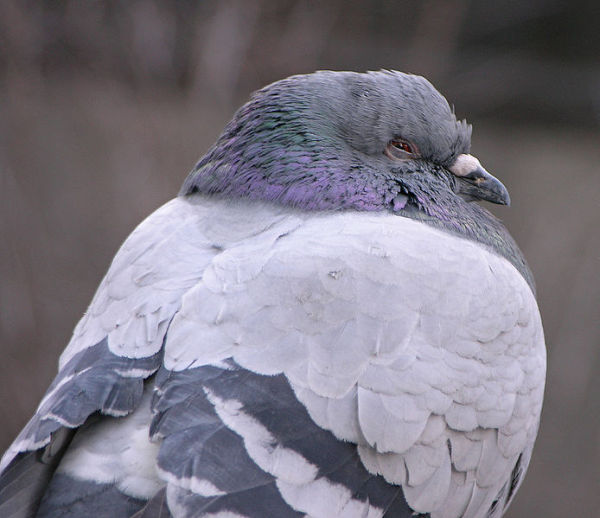
Is this bird sleep deprived? And if so, how does he make up for it?
Several years ago the Max Planck Institute for Ornithology answered these questions by studying sleep in pigeons.
Prior to the study, they knew that birds experience two phases of sleep — slow wave sleep (SWS) and rapid eye movement (REM) — just like mammals do.
SWS is deep, dreamless sleep during which the brain shows synchronous, slow oscillations of neurons as shown on an EEG (electroencephalogram). SWS alternates with dreaming sleep, called REM (rapid eye movement) because the eyes move rapidly during this period even though the lids are closed.
To study sleep in pigeons researchers prevented the birds from taking naps, something they like to do late in the day. (I do too!)
The pigeons were allowed to sleep normally at night when researchers learned that the birds made up for their sleep loss by more intense periods of SWS. Their slow-wave-sleep lasted the same amount of time as before but during SWS the number of slow waves was much higher. In other words, they slept more deeply.
Mammals do this too under similar conditions. We all “power sleep” when especially tired.
So what did the pigeons think of this experiment?
I’ll bet it made them grumpy.
(photo by Derek Ramsey (Ram-Man) licensed via Wikimedia Commons. Click on the photo to see the original.)
